
Israel-Gaza violence: The conflict explained
- Published By Jane Njeri For The Statesman Digital
- 2 years ago
The Palestinian militant group Hamas launched an unprecedented assault on Israel on Saturday, with hundreds of gunmen infiltrating communities near the Gaza Strip.
At least 900 Israelis are reported to have been killed, while dozens of soldiers and civilians, including women and children, are being held in Gaza as hostages.
More than 700 Palestinians have also been killed in the hundreds of air strikes on Gaza that Israel's military is carrying out in response.
It is also massing its forces along the Gaza border and Palestinians are bracing themselves for a ground operation.
A 100-year-old issue
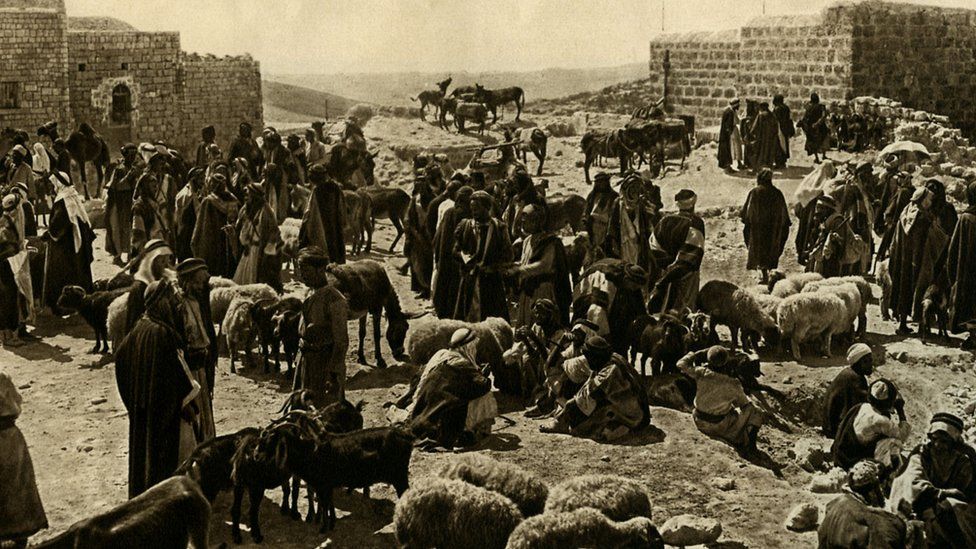
Britain took control of the area known as Palestine after the ruler of that part of the Middle East, the Ottoman Empire, was defeated in World War One.
The land was inhabited by a Jewish minority and Arab majority.
Tensions between the two peoples grew when the international community gave Britain the task of establishing a "national home" in Palestine for Jewish people.
For Jews it was their ancestral home, but Palestinian Arabs also claimed the land and opposed the move.
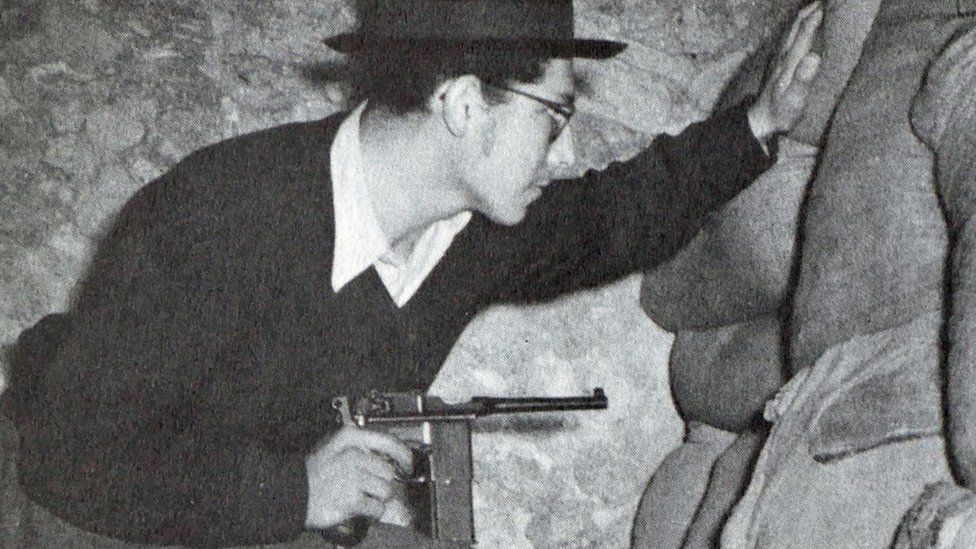
Between the 1920s and 1940s, the number of Jews arriving there grew, with many fleeing from persecution in Europe and seeking a homeland after the Holocaust of World War Two.
Violence between Jews and Arabs, and against British rule, also grew.
In 1947, the UN voted for Palestine to be split into separate Jewish and Arab states, with Jerusalem becoming an international city.
That plan was accepted by Jewish leaders but rejected by the Arab side and never implemented.

The creation of Israel and the 'Catastrophe'
In 1948, unable to solve the problem, British rulers left and Jewish leaders declared the creation of the State of Israel.
Many Palestinians objected and a war followed. Troops from neighbouring Arab countries invaded.
Hundreds of thousands of Palestinians fled or were forced out of their homes in what they call Al Nakba, or the "Catastrophe"
By the time the fighting ended in a ceasefire the following year, Israel controlled most of the territory.
Jordan occupied land which became known as the West Bank, and Egypt occupied Gaza.
Jerusalem was divided between Israeli forces in the West, and Jordanian forces in the East.
Because there was never a peace agreement - with each side blaming the other - there were more wars and fighting in the following decades.
The map today
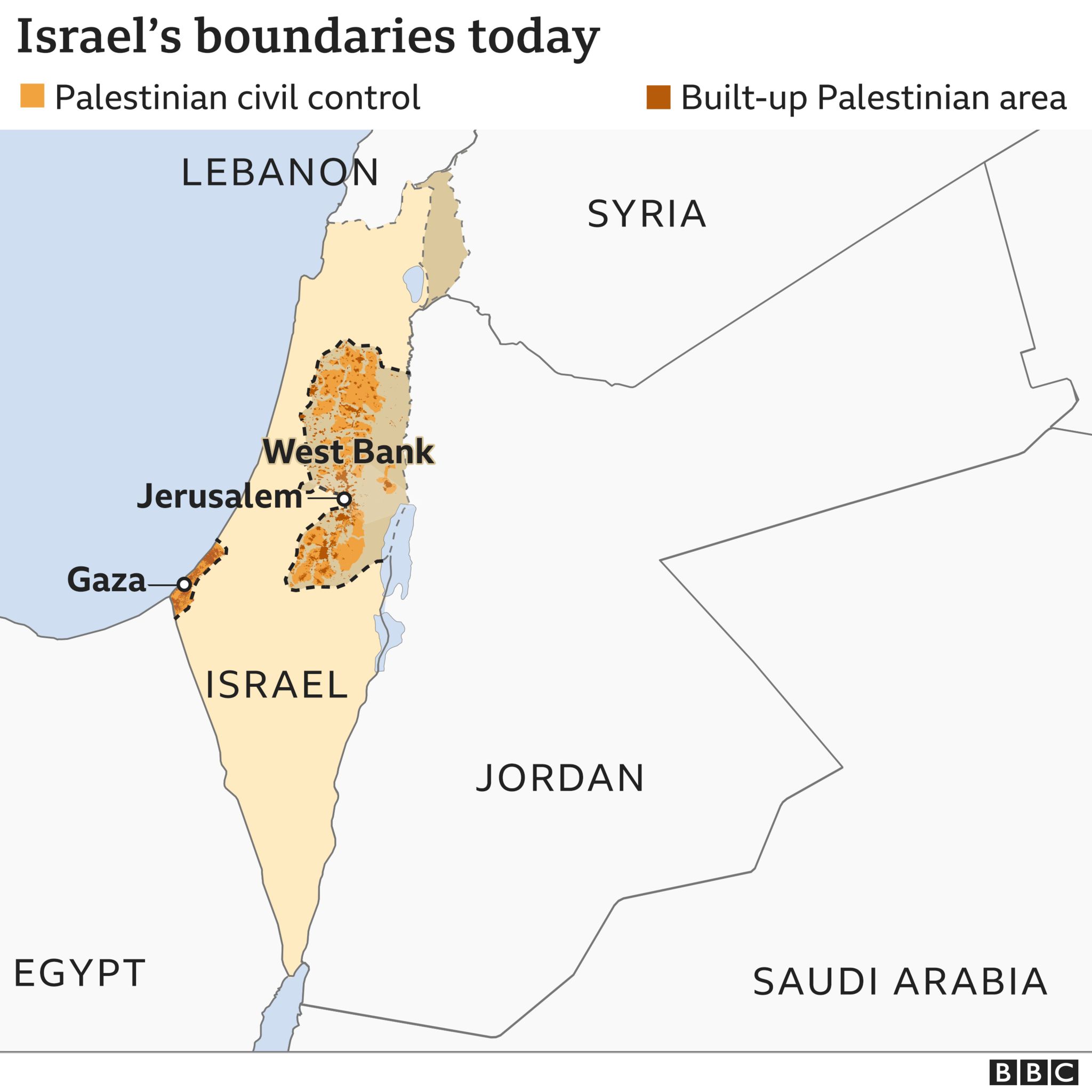

In another war in 1967, Israel occupied East Jerusalem and the West Bank, as well as most of the Syrian Golan Heights, Gaza and the Egyptian Sinai peninsula.
Most Palestinian refugees and their descendants live in Gaza and the West Bank, as well as in neighbouring Jordan, Syria and Lebanon.
Neither they nor their descendants have been allowed by Israel to return to their homes - Israel says this would overwhelm the country and threaten its existence as a Jewish state.
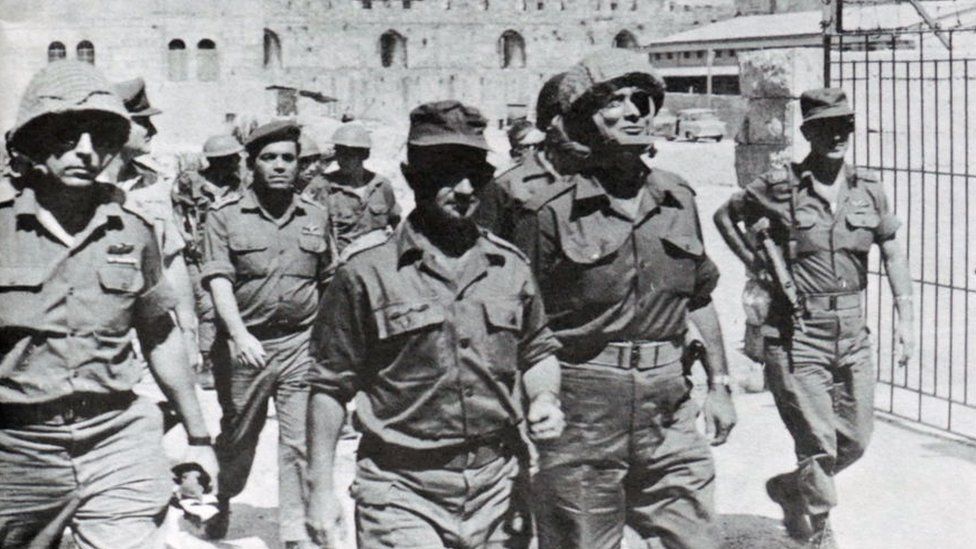
Israel still occupies the West Bank, and although it pulled out of Gaza in 2005 the UN still regards that piece of land as occupied territory.
Israel claims the whole of Jerusalem as its capital, while the Palestinians claim East Jerusalem as the capital of a future Palestinian state. The US is one of only a handful of countries to recognise the city as Israel's capital.
In the past 50 years Israel has built settlements in the West Bank and East Jerusalem, where more than 600,000 Jews now live.
Settlements are held to be illegal under international law - that is the position of the UN Security Council and the UK government, among others - although Israel rejects this.
What's happening now?
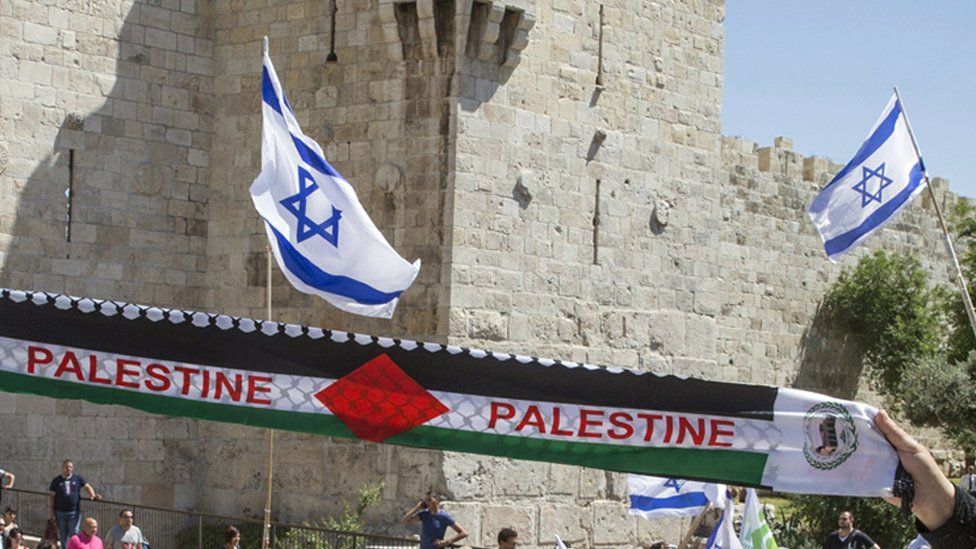
Gaza is ruled by Hamas, an Islamist militant group that is committed to the destruction of Israel and is designated as a terrorist group by the UK and many other powers.
Hamas won the Palestinians' last elections in 2006, and seized control of Gaza the following year by ousting the rival Fatah movement of West Bank-based President Mahmoud Abbas.
Since then, militants in Gaza have fought several wars with Israel, which along with Egypt has maintained a blockade on the strip to isolate Hamas and to pressure it to stop attacks, particularly the indiscriminate firing of rockets towards Israeli cities.
Palestinians in Gaza say Israel's restrictions and its air strikes on heavily populated areas amount to collective punishment.
This year has been the deadliest year on record for Palestinians in the West Bank and East Jerusalem. They also complain of the restrictions and military actions being carried out there in response to deadly attacks on Israelis.
What are the main problems?
There are a number of issues which Israel and the Palestinians cannot agree on.
These include:
- What should happen to Palestinian refugees
- Whether Jewish settlements in the occupied West Bank should stay or be removed
- Whether the two sides should share Jerusalem
- And - perhaps most tricky of all - whether a Palestinian state should be created alongside Israel
Israel-Palestinian peace talks were held on and off since the 1990s, but broke down in 2014.
What does the future hold?
In short, the situation isn't going to be sorted out any time soon.
Experts have warned something like this could happen unless a resolution was reached but attempts to resolve the conflict have so far been unsuccessful.
The most recent peace plan, prepared by the United States when Donald Trump was president, was called "the deal of the century" by Israel's Prime Minister Benjamin Netanyahu.
But it was been dismissed by the Palestinians as one-sided and never got off the ground.
Share on
Tags
SHARE YOUR COMMENT
MORE STORIES FOR YOU
Trending Stories
DJ Mo’s former illicit lo...
- Published By Jane
- January 15, 2024
Mapenzi! Zari and Tanasha...
- Published By Jane
- October 24, 2023
Zuchu Speaks on Diamond P...
- Published By Jane
- October 12, 2023
Hio Ni Upumbavu Wasituche...
- Published By Jane
- November 8, 2023
RECOMMENDED FOR YOU
How People are Using AI t...
- Published By The
- October 29, 2025
How Raila Odinga’s Death...
- Published By The
- October 29, 2025
What is Ayurveda? Raila O...
- Published By The
- October 29, 2025
Why Parents Should Spend...
- Published By The
- October 29, 2025
Latest Stories
Shiru Wa GP Confirms Sara...
- Published By The
- November 16, 2025
Geoffrey Mosiria Demands...
- Published By The
- November 16, 2025
Mp Millie Odhiambo Vows t...
- Published By The
- November 16, 2025
Raila Junior Says Whoever...
- Published By Jedida
- November 15, 2025



